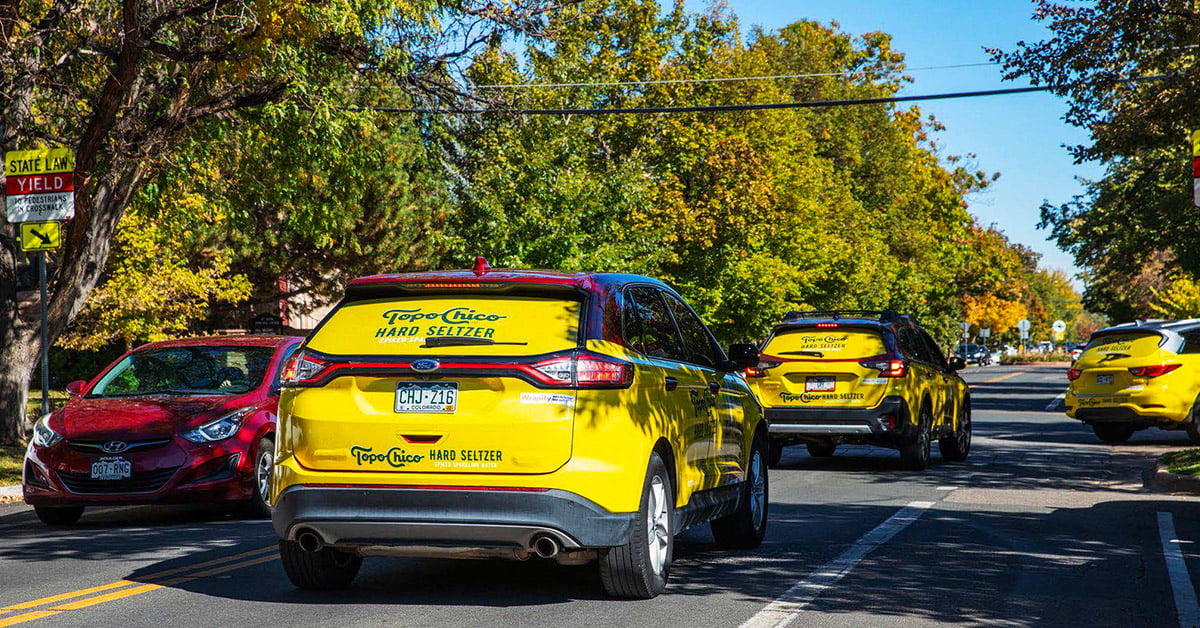Imagine you’ve developed a campaign and know you want to use Out-of-Home (OOH) advertising. It will help you reach your target audience and amplify your other marketing efforts. You’ve used OOH successfully in various formats before but are testing a new market or location. You quickly realize that the rules, regulations, and inventory available in this market are unlike the markets you’ve worked in before. There’s barely any outdoor advertising inventory available. What’s more, the laws in this market are strict. Do you have to give up on targeting this market through OOH?
The short answer is no. There are still opportunities for a successful outdoor campaign! There are still ways to reach your audience through OOH when markets have strict rules or limited formats available. But you’ll have to be creative and use different strategies from markets with abundant OOH.
In this article, you’ll learn strategies for reaching your audience in places with limited outdoor advertising opportunities. These strategies will help your campaign reach its full potential.
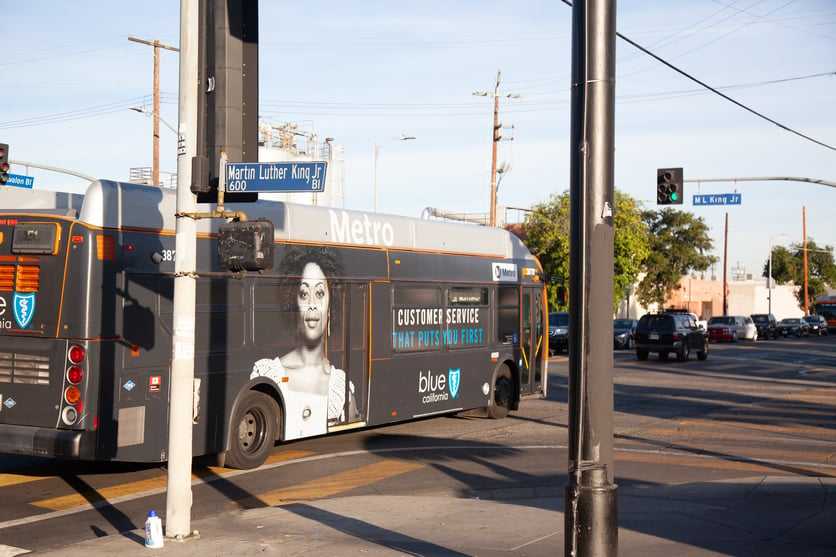
Why isn’t there Traditional Out-of-Home in this Market?
For a few reasons, you might not find much traditional OOH in your chosen market. There's an additional caveat to places with limited inventory. The available OOH often already has a contract for a long-term placement. Here are some other situations where you might have difficulty finding Out-of-Home:
- Residential Areas: Some areas don’t allow OOH advertising in residential neighborhoods. This is often to avoid complaints from private citizens and protect residential property values. OOH specialists understand local legislation. They can help you navigate residential areas and find placements for your ads. Sometimes, an ordinance may restrict advertising on certain streets. But it might be possible to advertise on surrounding streets and still reach your target audience.
- Rural Areas: Locations with fewer people tend also to have fewer advertising opportunities. Some areas don’t have OOH inventory. Often, the nearby town or city will have some options, but rural areas may not have any. These areas may also lack transit options and may only have a few Billboards that are already spoken for. Many rural Billboards may not be illuminated at night. This makes the window of time when your advertisement is active shorter.
- Protected Areas: Certain locations are protected for their natural, historical, or cultural significance. Examples include national parks, heritage sites, historic districts, archaeological sites, and wildlife reserves. It may be impossible to get any advertising into these areas. But there may be options available in the surrounding regions. Sometimes, you can advertise if your format fits in with the aesthetic of that area. For example, historic districts may allow some handpainted advertisements.
- Cap-and-Replace: Some municipalities pass cap-and-replace ordinances. These limit the number of assets a media owner can have within a given jurisdiction. Those media owners can only develop new OOH sites if they remove a pre-existing site.
- Moratoriums: Some municipalities have ceased the development of any new OOH assets. They may not even allow the repair or improvement of existing structures. Moratoriums are designed to phase OOH assets out of an area over time. Some parts of LA had ordinances shutting down Billboards. Some parts of New York also have memorandums restricting the use of Billboards. Limitations in advertising on traditional media can sometimes limit the use of Mobile Billboards.
- Educational and Religious Institutions: Certain categories cannot advertise near schools and places of worship. Sometimes, there are also restrictions on advertising near religious institutions. Sometimes, it is possible to get advertising into schools. Sometimes, there can be banners in the gym or ads on certain equipment, such as branded traffic cones. There can also sometimes be small banners on school sports fields.
- Transportation Corridors and Scenic Byways: OOH is often not allowed along new expressways, toll roads, and scenic byways. This ensures driver focus and protects scenic drives and overlooks.
- Proximity to Competing Businesses: It is common practice to prohibit advertisers from posting ads next to competing businesses. Most lease agreements protect businesses from competing advertisements on the property's OOH assets.
- Proximity to Sensitive Facilities: OOH advertising restrictions may exist near hospitals, nursing homes, or military bases. This prevents potential disruptions and maintains a respectful environment. In this situation, the market may have media on the outskirts of the main city, but it may not get many impressions.
Some types of OOH may need special permitting. Wildposting, projections, and sidewalk stenciling may need permits to avoid penalties. If you engage in guerilla marketing, you may face fines, and your ad may be removed. Working with an OOH specialist can help you navigate available media. They have deep knowledge of markets and tools that allow them to find inventory.
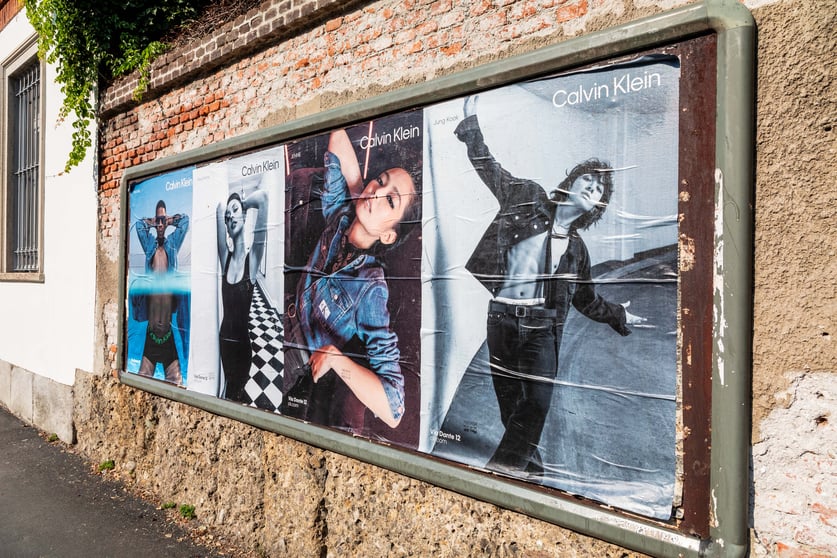
Options for Outdoor Advertising in Markets with Limited Opportunities
In markets with little Out-of-Home, it is common to go the route of nontraditional formats. But, even in markets with little OOH, some options are often considered traditional. For example:
- Retail Media Networks: Gas stations, convenience stores, and retailers like Walmart often have advertising opportunities. Retail Media Networks are networks of digital screens found in these places. Supermarkets can also be an excellent opportunity to reach your target audience. You can place ads throughout the store. Options include advertisements on grocery dividers at checkout and posters inside storefronts. In areas where there aren’t many stores at all, there are usually gas stations. Gas stations can offer digital options like gas station TV. They also have static options like marketing on the pump itself. Smaller formats, like those found at gas stations and supermarkets, are often reasonably priced. But they often have minimum advertising buys. The minimum cost is usually around $10,000 worth of advertising formats.
- Transit Advertising: Some markets may lack available Bulletins or Billboards. These areas may have transit options such as subway, bus, or rail advertising. Places that have bus service will also have street furniture options such as bus shelters and bus benches. Where there is no public transit, there may still be taxi and ride-share advertising options.
There are so many formats available in Out-of-Home. Even if there are no options, there are ways to make the outdoor campaign happen. In markets where it is difficult to find an appealing “traditional” option, nontraditional formats are the way to go. Here are some less traditional options for markets with limited outdoor opportunities:
- Mobile Billboards: Mobile Billboards are often the go-to option for markets with limited opportunities. They can drive on custom or predetermined routes. They often can get into neighborhoods or areas where OOH isn’t readily available. There may be times when Mobile Billboard ads aren’t allowed. For example, during a sponsored event or in some neighborhoods. Digital Mobile Billboards often have restrictions limiting the movement of the advertisement. There may also be rules against switching between ads while the vehicle moves. This is to help prevent driver distractions.
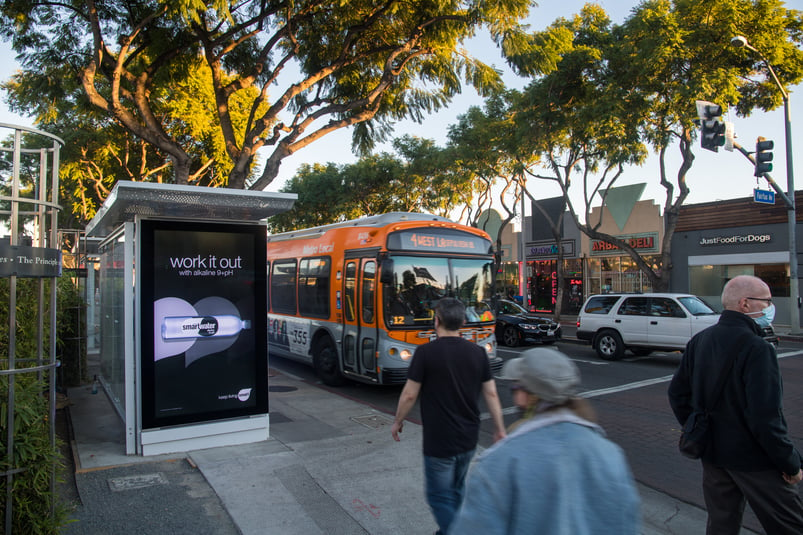
- HandPaints: Handpaints reach audiences in a very authentic way that preserves and enhances the character of a neighborhood. They can also be experiential. Artists often interact with the audience while the advertisement is being created. Once the ad is created, it becomes a work of art that passersby will notice.
- WildPosting and Guerilla Marketing: Wildposting is when brands post their advertisements in nontraditional places. There are dedicated wildposting sites for advertisers to use. Wildposting can also be done as a form of guerilla marketing. There are some caveats to this guerilla wildposting. Another brand could post over your ad. Your ad could be vandalized, especially if it is not a dedicated wildposting site. It is a best practice to refresh wild postings every one to two weeks. They should be regularly checked and maintained throughout the campaign. Ensure that you have an adequate production budget. You will likely need to refresh your ads.
- Experiential: Experiential advertising comes with a plethora of options, including the following:
- Unusual activations: There are endless creative opportunities within OOH. For example, if you want to advertise at a beach or on a waterfront, you could use aerial banners on planes flying overhead. You could also use boat advertisements on the boat’s sail or a digital screen to entice beach-goers to interact with your brand. With the beach example, you could consider using the environment, such as building a branded sandcastle. You could bring a food truck or popsicle cart branded with your message. Unusual activations encourage you to go beyond traditional inventory spaces. Consider how you can use the ground, sky, and surrounding environment to reach your audience.
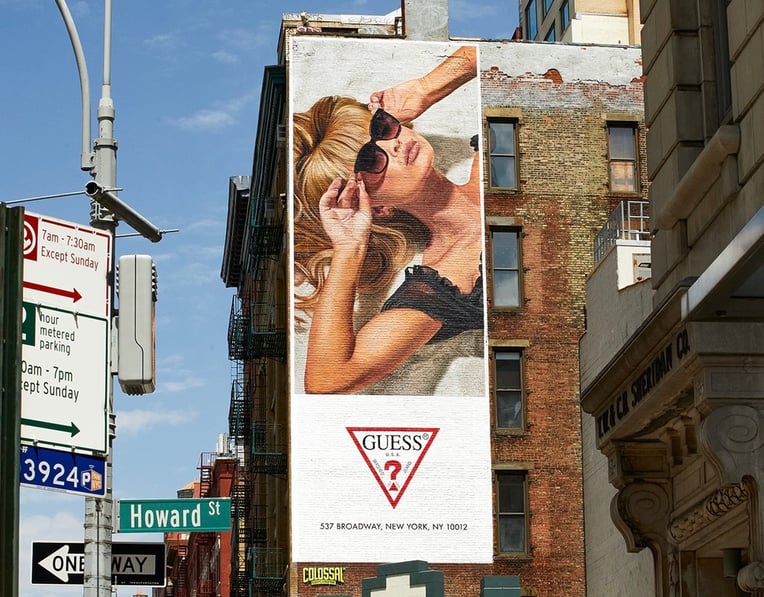
-
- Rent a Footprint: Some jurisdictions and areas allow advertisers to rent a temporary footprint. This is a space where advertisers can create experiential advertising of any kind they want for a set amount of time. It could be a pop-up, interactive experience, or a place for taking photos for social media outlets. Anything the advertiser may want to do can be done in this space within reason and within the time frame it is rented.
- Street Teams: Street teams are people hired to promote a brand. They could be encouraging sign-ups, performing, providing discounts, or spinning signs. There are various ways to leverage street teams to engage a target audience.
Find OOH Inventory Anywhere with Billups
Outdoor advertising can engage audiences just about anywhere! You can find opportunities to connect with your target audience using creativity and an OOH specialist. Billups is solely focused on OOH advertising. We can help you brainstorm the possibilities and make them a reality. With the right approach, OOH can be a game-changer for brands seeking growth in markets with limited advertising options. Contact us today to get started!
